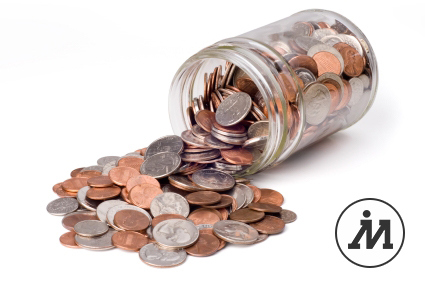
What is a paywall?
As the landscape of digital publishing shifts, various approaches to serving users with premium paid content have emerged. Publishers employing this technique are still working to find the perfect approach. Regardless of the approach, there is one element which remains consistent: the paywall. A paywall, or payment gateway, is a feature that gives users the option to pay for premium content either through a subscription or through a small, individual transaction (<$1USD) often called a micro-transaction. Given the volatility of digital advertising, publishers are trying to leverage paywalls to generate an additional, steady revenue source. There are several ways to implement a paywall, all of which can result in varying levels of effectiveness, often driven primarily by UX (user experience). What is a paywall? To better understand the definition and function of a paywall it is important to know the different types of paywalls.
-
Metered paywall
A metered paywall is a strategy that tracks the number of resource views by a user. This number of resource views (5, 10, 20) is determined by the resource publisher. Then, when the reader has reached the pre-determined number they are shown a paywall. Generally, a metered paywall has one option: purchase some type of subscription or membership. Often, this type of metering will reset each month. Publishers provide up to (X) articles per month for free, then introduce the paywall.
-
Paywall on only premium content (partial paywall)
An approach that is gaining more traction with publishers is to start offering premium content alongside their already free content. In this model, most of the content is available for free, however, premium content is available for purchase. This gives publishers the option to offer their users additional content without limiting access to the free content already available. Publishers again have the choice to offer readers options to access premium content, either through an individual transaction or a digital subscription or membership.
-
All content behind paywall (hard paywall)
This is probably the least used and, perhaps, the least effective method. In this model, all the content of the site is behind the paywall. Perhaps a few snippets of stories are available on the front page, but with any attempt to read further, users are shown a paywall. Again, this paywall can have the aforementioned purchase options, though if users choose none of the options, they will be unable to view any content. The paywall is an essential element to when publishers begin to offer paid content. And, as more digital publishers attempt to earn revenue from their content, the paywall will become more common. While the paywall experience may change with time, the concept of restricting access to paid content with a paywall is here to stay…for now. If used effectively, publishers can maintain their website traffic and advertising revenue, while opening up a new revenue stream through user-paid content.
Those are a few of the most commonly used paywall applications. As the desire to monetize online content grows, surely the paywall styles and options will as well. Hopefully you can now answer the question, “What is a paywall?”. Give us a call today if you’d like to learn more about paywalls and the iMoneza technology.


